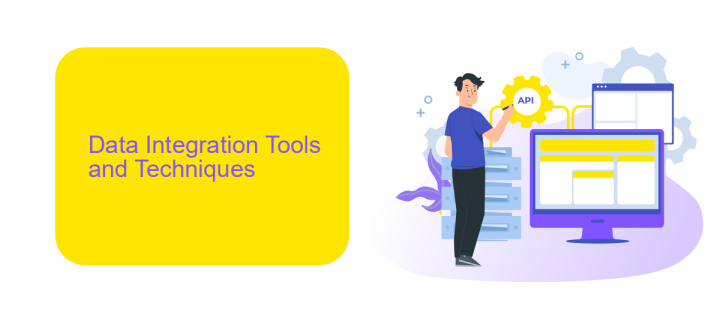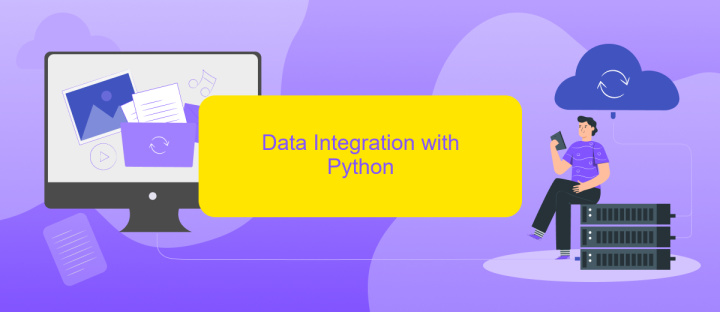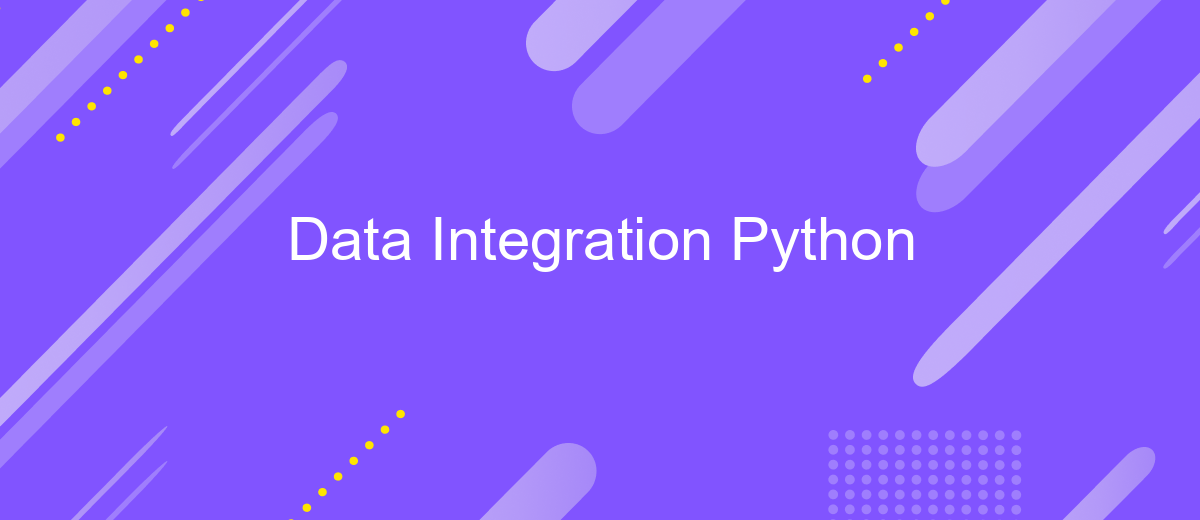Data Integration Python
Data integration is a crucial aspect of modern data management, enabling the seamless merging of information from various sources. Python, with its extensive libraries and frameworks, stands out as a powerful tool for this task. This article delves into the techniques and best practices for achieving efficient data integration using Python, highlighting key libraries and practical examples.
Introduction
Data integration is a crucial aspect of modern data management, enabling organizations to consolidate data from various sources into a unified view. Python, as a versatile and powerful programming language, offers numerous libraries and tools to facilitate efficient data integration processes. By leveraging Python, businesses can streamline their data workflows and ensure seamless data synchronization across different platforms.
- Automate data extraction from multiple sources
- Transform and clean data for consistency
- Load data into target systems or databases
- Ensure real-time data updates and synchronization
- Utilize APIs for seamless integration
One of the valuable services for setting up data integrations is ApiX-Drive. It simplifies the process by providing a user-friendly interface to connect various applications and automate data flows without the need for extensive coding. By using ApiX-Drive in combination with Python, organizations can achieve robust and scalable data integration solutions, enhancing their data-driven decision-making capabilities.
Data Integration Tools and Techniques

Data integration in Python can be efficiently achieved using a variety of tools and techniques. Popular libraries such as Pandas, SQLAlchemy, and Apache Airflow are widely used to facilitate data ingestion, transformation, and loading processes. Pandas offers powerful data manipulation capabilities, making it easy to clean and transform data. SQLAlchemy provides a comprehensive toolkit for SQL and database integration, allowing seamless communication between Python and various databases. Apache Airflow, on the other hand, excels in orchestrating complex workflows and scheduling tasks, making it an ideal choice for managing data pipelines.
For those looking to streamline data integration without extensive coding, services like ApiX-Drive can be highly beneficial. ApiX-Drive simplifies the process of connecting different applications and automating data flows between them. It supports a wide range of integrations, enabling users to set up data synchronization between multiple platforms effortlessly. By leveraging such tools and services, businesses can enhance their data integration processes, ensuring that data is consistently accurate and readily available for analysis and decision-making.
Data Integration with Python

Data integration with Python is a powerful approach for combining data from different sources into a unified view. Python offers a variety of libraries and tools that make data integration seamless and efficient. These tools help automate the process, ensuring that data from various sources such as databases, APIs, and flat files can be merged and analyzed in a coherent manner.
- Use libraries such as Pandas and SQLAlchemy to connect and manipulate data from databases.
- Utilize APIs to fetch data from web services and integrate it using libraries like Requests and JSON.
- Leverage tools like ApiX-Drive to automate and streamline the integration of data from multiple platforms and services.
By leveraging Python for data integration, businesses can ensure that they have a comprehensive and up-to-date view of their data, enabling better decision-making and operational efficiency. Whether pulling data from social media platforms, cloud services, or internal databases, Python's robust ecosystem provides the necessary tools to handle complex data integration tasks effectively.
Case Studies and Best Practices

Data integration in Python has been successfully implemented across various industries, showcasing its versatility and effectiveness. One notable case study involves a retail company that streamlined its inventory management by integrating multiple data sources using Python scripts. This integration resulted in real-time inventory tracking, significantly reducing stockouts and overstock situations.
Another example is a healthcare provider that utilized Python for integrating patient data from disparate systems. By consolidating this information, they improved patient care and operational efficiency. The use of Python allowed for seamless data flow between electronic health records (EHR), lab results, and billing systems.
- Regularly update and maintain your integration scripts to adapt to changing data sources.
- Leverage libraries like Pandas and SQLAlchemy for efficient data manipulation and database interactions.
- Utilize services like ApiX-Drive to automate and simplify the integration process, especially when dealing with multiple APIs.
Incorporating these best practices ensures that your data integration processes remain robust and scalable. By learning from successful case studies and following proven strategies, organizations can harness the power of Python to achieve seamless data integration.
- Automate the work of an online store or landing
- Empower through integration
- Don't spend money on programmers and integrators
- Save time by automating routine tasks
Conclusion
Data integration using Python offers a robust and flexible approach to manage and unify diverse data sources. By leveraging libraries such as Pandas, SQLAlchemy, and frameworks like Apache Airflow, developers can efficiently streamline data workflows, ensuring that data is accurate, consistent, and readily available for analysis. This integration capability is crucial for businesses seeking to derive actionable insights from their data, leading to more informed decision-making processes.
Moreover, services like ApiX-Drive simplify the process of setting up integrations by providing user-friendly interfaces and pre-built connectors. This allows even non-technical users to automate data flows between various applications and databases without extensive coding knowledge. Overall, the combination of Python's powerful libraries and tools like ApiX-Drive makes data integration more accessible and efficient, ultimately empowering organizations to harness the full potential of their data assets.
FAQ
What is data integration in Python?
What are some common Python libraries used for data integration?
How can I automate data integration tasks in Python?
What are the benefits of using Python for data integration?
How do I handle errors during data integration in Python?
Strive to take your business to the next level, achieve your goals faster and more efficiently? Apix-Drive is your reliable assistant for these tasks. An online service and application connector will help you automate key business processes and get rid of the routine. You and your employees will free up time for important core tasks. Try Apix-Drive features for free to see the effectiveness of the online connector for yourself.


